Test Bank for Pharmacology for Canadian Health Care Practice 3rd Edition Lilley
Chapter 01: Nursing Practice in Canada and Drug Therapy
MULTIPLE CHOICE
1. Which is a judgement about a particular patient‘s potential need or problem?
a. A goal
b. An assessment
c. Subjective data
d. A nursing diagnosis
ANS: D
Nursing diagnosis is the phase of the nursing process during which a clinical judgement is
made about how a patient responds to heath conditions and life processes or vulnerability for
that response.
DIF: Cognitive Level: Knowledge REF: p. 11
2. The patient is to receive oral furosemide (Lasix) every day; however, because the patient is
unable to swallow, he cannot take medication orally, as ordered. The nurse needs to contact
the physician. What type of problem is this?
a. A ―right time‖ problem
b. A ―right dose‖ problem
c. A ―right route‖ problem
d. A ―right medication‖ problem
ANS: C
This is a ―right route‖ problem: the nurse cannot assume the route and must clarify the route
with the prescriber. This is not a ―right time‖ problem because the ordered frequency has not
changed. This is not a ―right dose‖ problem because the dose is not related to an inability to
swallow. This is not a ―right medication‖ problem because the medication ordered will not
change, just the route.
DIF: Cognitive Level: Application REF: p. 14
3. The nurse has been monitoring the patient‘s progress on his new drug regimen since the first
dose and has been documenting signs of possible adverse effects. What nursing process phase
is the nurse practising?
a. Planning
b. Evaluation
c. Implementation
d. Nursing diagnosis
ANS: B
Monitoring the patient‘s progress is part of the evaluation phase. Planning, implementation,
and nursing diagnosis are not illustrated by this example.
DIF: Cognitive Level: Application REF: p. 19
4. The nurse is caring for a patient who has been newly diagnosed with type 1 diabetes mellitus.
Which statement best illustrates an outcome criterion for this patient?
a. The patient will follow instructions.
b. The patient will not experience complications.
c. The patient adheres to the new insulin treatment regimen.
d. The patient demonstrates safe insulin self-administration technique.
ANS: D
Having the patient demonstrate safe insulin self-administration technique is a specific and
measurable outcome criterion. Following instructions and avoiding complications are not
specific criteria. Adherence to the new insulin treatment regimen is not objective and would
be difficult to measure.
DIF: Cognitive Level: Application REF: p. 13
5. Which activity best reflects the implementation phase of the nursing process for the patient
who is newly diagnosed with type 1 diabetes mellitus?
a. Providing education regarding self-injection technique
b. Setting goals and outcome criteria with the patient‘s input
c. Recording a history of over-the-counter medications used at home
d. Formulating nursing diagnoses regarding knowledge deficits related to the new
treatment regimen
ANS: A
Education is an intervention that occurs during the implementation phase. Setting goals and
outcome criteria reflects the planning phase. Recording a drug history reflects the assessment
phase. Formulating nursing diagnoses regarding a knowledge deficit reflects analysis of data
as part of the planning phase
DIF: Cognitive Level: Analysis REF: p. 8 | p. 13
6. The nurse is working during a very busy night shift, and the health care provider has just
given the nurse a medication order over the telephone, but the nurse does not recall the route.
What is the best way for the nurse to avoid medication errors?
a. Recopy the order neatly on the order sheet, with the most common route indicated
b. Consult with the pharmacist for clarification about the most common route
c. Call the health care provider to clarify the route of administration
d. Withhold the drug until the health care provider visits the patient
ANS: C
If a medication order does not include the route, the nurse must ask the health care provider to
clarify it. Never assume the route of administration.
DIF: Cognitive Level: Application | Cognitive Level: Analysis REF: p. 17
7. Which constitutes the traditional Five Rights of medication administration?
a. Right drug, right route, right dose, right time, and right patient
b. Right drug, the right effect, the right route, the right time, and the right patient
c. Right patient, right strength, right diagnosis, right drug, and right route
d. Right patient, right diagnosis, right drug, right route, and right time
ANS: A
Pharmacology for Canadian Health Care Practice 3rd Edition Lilley Test Bank
The traditional Five Rights of medication administration were considered to be Right drug,
Right route, Right dose, Right time, and Right patient. Right effect, right strength, and right
diagnosis are not part of the traditional Five Rights.
DIF: Cognitive Level: Comprehension REF: p. 13


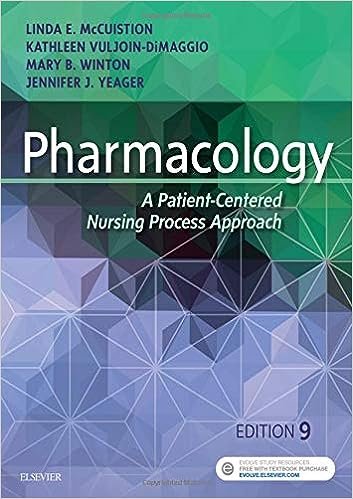

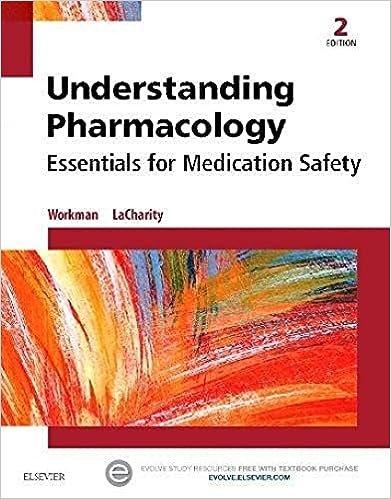
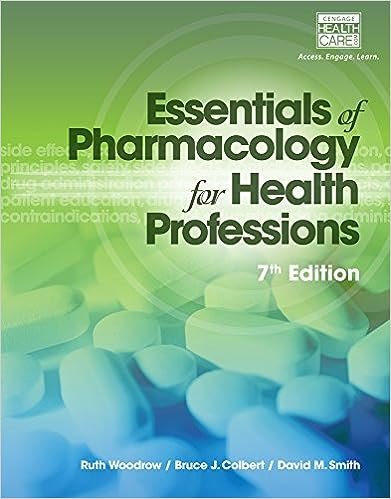

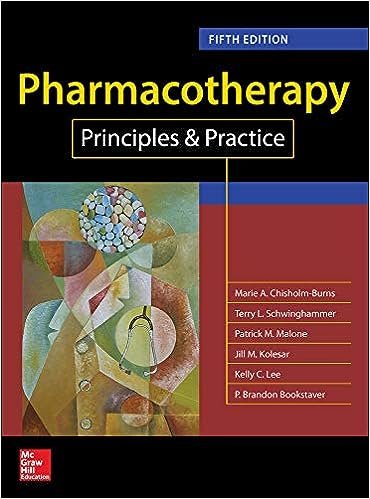
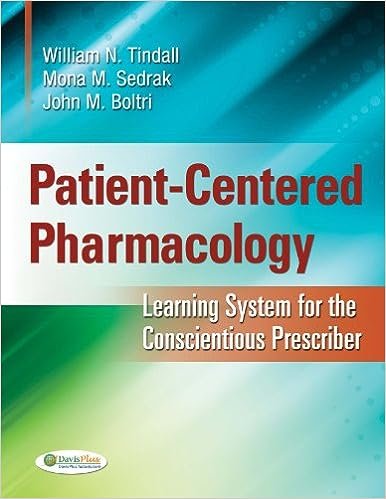
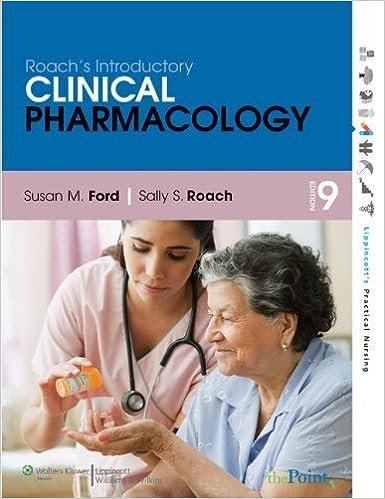
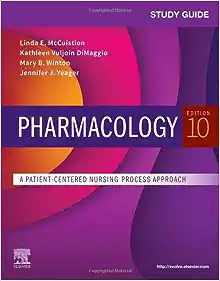
Reviews
There are no reviews yet.